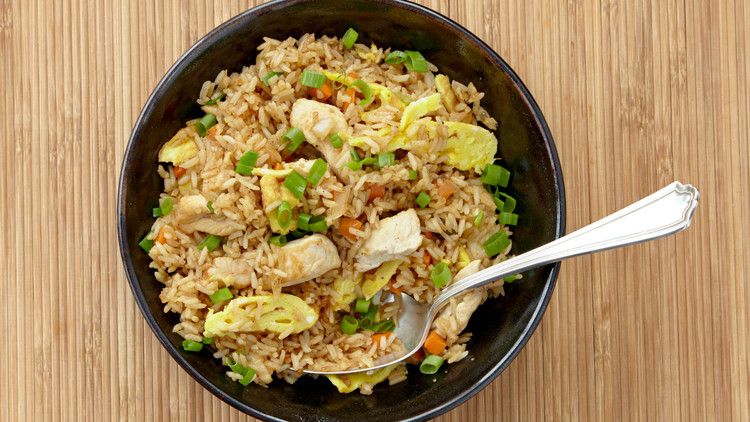Activity 1: Celebrating a Win
In 2000, the country of New Zealand celebrated when Russell Coutts and his sailing team won their second straight America’s Cup. This was the first time that a team from New Zealand had won back-to-back championships! Many people celebrated the victory with their friends and family.
On your blog, tell us what you and your family do to celebrate special events, such as birthdays. Do you have a special meal or go to a specific place? In our house, we usually make a pizza and bake a special cake. What about you?
In our house, we usually buy Chinese food and make a special cake and eat ice cream with it.



